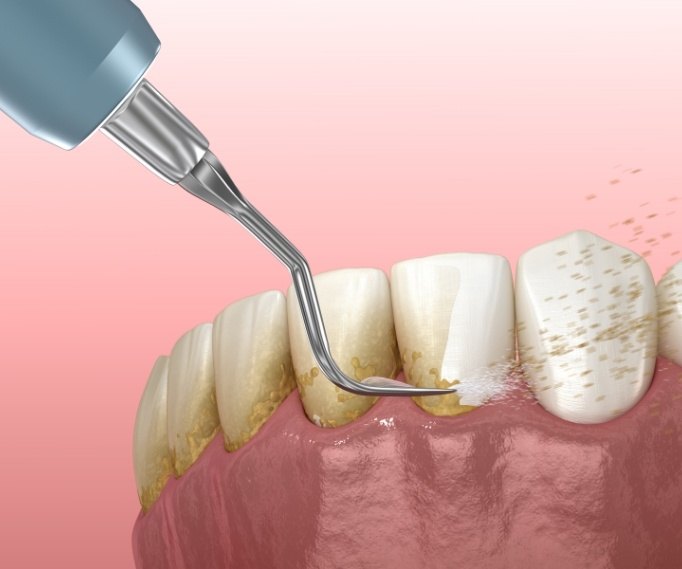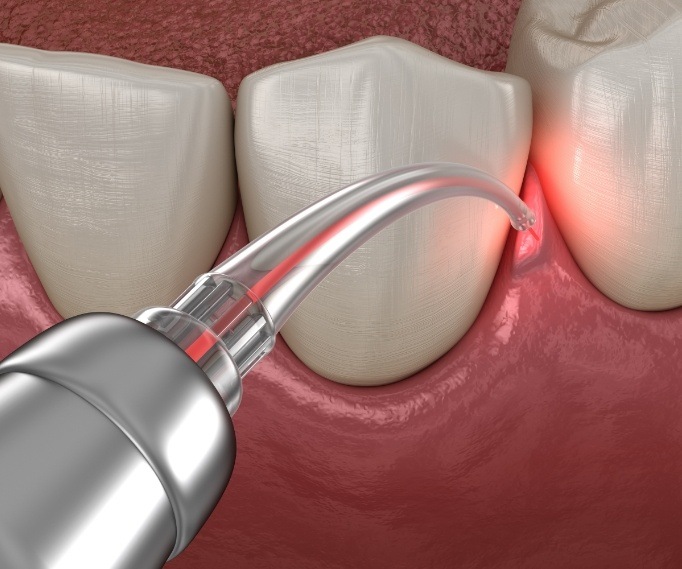Gum Disease Treatment - Bayville
Gum Disease Treatment - Bayville, NJ

Gum disease is one of the leading causes of tooth loss, estimated to impact one out of every two adults in the United States, according to the Centers for Disease Control and Prevention. At Bayville Dental Arts, we want each of our patients to enjoy healthy, whole smiles, which is why we screen for gum disease at each dental checkup, ensuring that any early signs are addressed before the infection can progress. If we spot any symptoms of gum disease, we may recommend one of our effective methods for gum disease treatment in Bayville, like scaling and root planing and laser periodontal treatment. Call us today if you suspect you may be suffering from gum inflammation or bleeding.
Why Choose Bayville Dental Arts for Gum Disease Treatment?
- Effective & Safe Laser Periodontal Treatment
- In-Network with Several Major PPO Insurances
- Personalized Care From a Non-Corporate Office

Scaling & Root Planing

Scaling and root planing is a two-step process that combats the harmful effects of gum disease by minimizing the accumulation of harmful oral bacteria that lead to worsening infection. First, our team will thoroughly remove all plaque and tartar from the surface of the teeth, as far down as the pockets of the gums. Then, we’ll remove all hardened deposits of bacteria from the roots, allowing the gums to healthily reattach to the teeth and protect the vulnerable underlying layers of the teeth.
Laser Periodontal Treatment

We can utilize our soft tissue laser to help further combat the deteriorating effects of gum disease. Using a small, concentrated beam of light, our dentists can gently and precisely remove severely damaged gum tissue, leaving only the healthy tissue behind. This will help control oral bacteria accumulation as well as allow the healthy tissue to reattach to the teeth to protect the roots, minimizing the risk of tooth loss.
